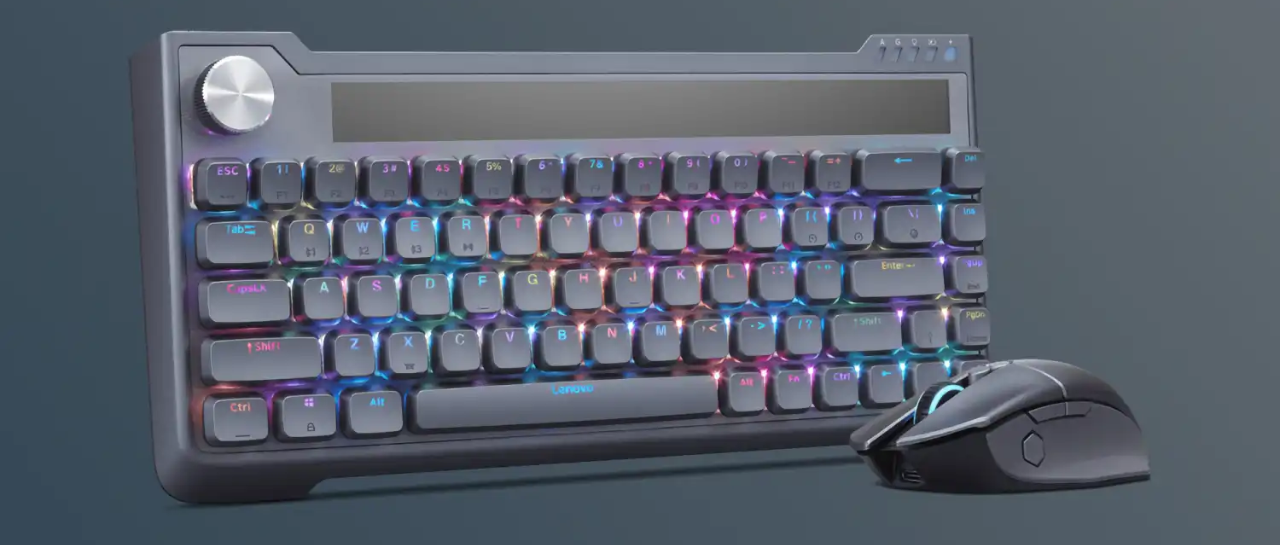The Federal Communications Commission is increasing the number of daily rounds in the C Band auction from four to five and cutting the round-duration to just 30 minutes each, angling to push the auction toward conclusion.
After 29 rounds, the auction has now raised $23.46 billion. According to analysis from Ari Meltzer and Rick Edelman with Wiley, that puts the auction in second place for most money raised, ahead of all over FCC auctions except the blockbuster AWS-3 auction in 2014-2015, which raised nearly $45 billion.
During the course of this week, the C Band auction surpassed the total dollar-figures in the 700 MHz auction in 2008, which raised $19.1 billion; and the 600 MHz auction in 2017, which raised nearly $19.8 billion. And it’s not over yet.
MITRE, a non-profit organization not-for-profit organization that manages several federally funded research and development centers, has a spectrum valuation tool that has estimated that the C Band auction will raise between $25-$30 billion.
Demand continues to be quite high in the auction, which signals that it could continue for awhile even with the increase in rounds. Out of the 452 license products available, more than 400 have higher demand than supply, and just 30 have demand equal to supply as of round 29.
The most expensive licenses, as is typical, are those in the densest metropolitan areas: New York City licenses have been bid up to nearly $220 million per sub-block, with Los Angeles, CA coming in at the second-highest license prices of $168 million each. Chicago, IL ($81.1 million) and San Francisco, CA ($78.1 million) and Baltimore-Washington D.C ($68 million) around out the top five most expensive cities for licenses. In Philadelphia, there is an interesting split between the A-block licenses, which will be cleared faster and are going for significantly more than the BC-block licenses: $65.7 million for A-block versus $49.4 million for the BC-block.
The most hotly contested markets as of Round 28 were: Omaha, NE; Fort Collins, CO; Las Cruces, NM; Bend, OR; and Madison, WI, according to analysis by Sasha Javid, COO of BitPath and formerly lead of the Federal Communications Commission’s auction team.
The 3.7 GHz service is divided into 5,684 licenses, or 14 sub-blocks in each of 406 available Partial Economic Areas across the United States. The A block consists of 100 megahertz (five 20-megahertz sub-blocks) from 3.7-3.8 GHz; that spectrum will be the first to be cleared, expected by December 2021. The B block consists of 100 megahertz (five 20-megahertz sub-blocks) from 3.8-3.9 GHz) and the C block makes up the final 80 megahertz with four 20-megahertz sub-blocks; that spectrum is slated to be cleared by December 2023. There is a 20-megahertz guard band at 3.98-4.0 GHz; satellite operators will move their operations into the top 200 megahertz of the band from 4.0-4.2 GHz. In the largest 46 PEAs, the licenses are being bid upon separately as A-blocks and BC-blocks because of the different timelines that apply to them. In the rest of the remaining 360 PEAs, the licenses are being bid upon as a single (ABC) category. Category A blocks have been drawing the highest prices in the bidding thus far.
The C Band spectrum will provide an injection of highly desired midband spectrum for 5G deployment in the U.S., with greater available capacity than other sub-6 GHz airwaves and better propagation characteristics than millimeter wave.













